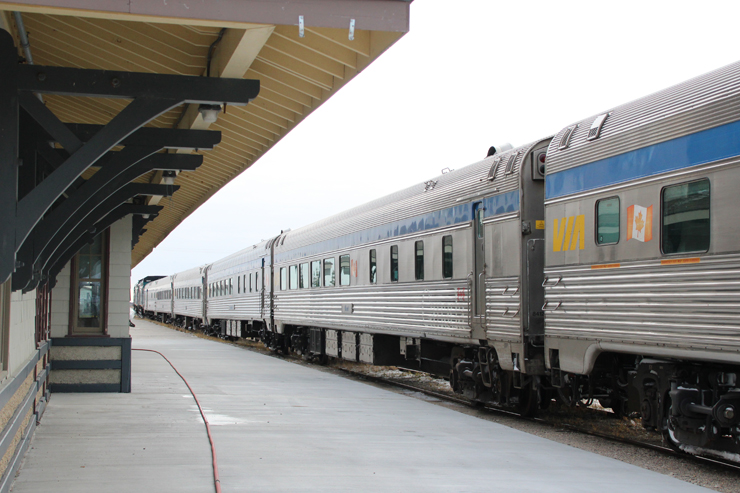
CHURCHILL, Manitoba — The Canadian government will provide more than Ca$43 million for rehabilitation of the Hudson Bay Railway, while the province of Manitoba will invest an additional Ca$36.4 million in the railway and the Port of Churchill, the governments announced Tuesday (Feb. 4, 2025).
The federal funds will go the Arctic Gateway Group, a consortium of 29 First Nation groups and 12 communities that purchased the railway from OmniTRAX in 2018 [see “Hudson Bay Railway sale completed …,” Trains News Wire, Sept. 4, 2018]. A press release from Prairies Economic Development Canada says the funding will complete rehabilitation of the 627-mile former Canadian National route connecting Churchill to The Pas, Man.
“Reliable, affordable rail service is essential for the North, and these investments will ensure it remains a lifeline for communities and businesses,” said Minister for PrairiesCan Terry Duguid. “At the same time, we’re creating new opportunities in mining and mineral development — helping Indigenous communities build skills, secure good jobs, and drive economic growth.”
The provincial government said its funds will support Arctic Gateway’s port and rail development plans, including wharf repairs and freight warehouse upgrades. “These new investments will build up Manitoba’s economic strength and open our province to new trading opportunities,” Premier Wab Kinew said in a press release.
“The Port of Churchill and Hudson Bay Railway are ready to make Canada’s supply chains stronger and economy more resilient,” said Arctic Gateway CEO Chris Avery. “We can add both capacity and optionality to help make sure the vast resources of Western Canada get to foreign markets, and we have a proven ability to ship critical minerals, agricultural products, and more internationally.”
It is the third time in four years the railway to the remote community of Churchill — Canada’s lone arctic port — will receive a significant infusion of government funding. The federal and provincial governments invested Ca$147.8 million in 2022 [see “Hudson Bay Railway to get …,” Trains News Wire, Aug. 4, 2022], and another Ca$60 million last year [see “Canadian, Manitoba governments to contribute …,” News Wire, Feb. 23, 2024].







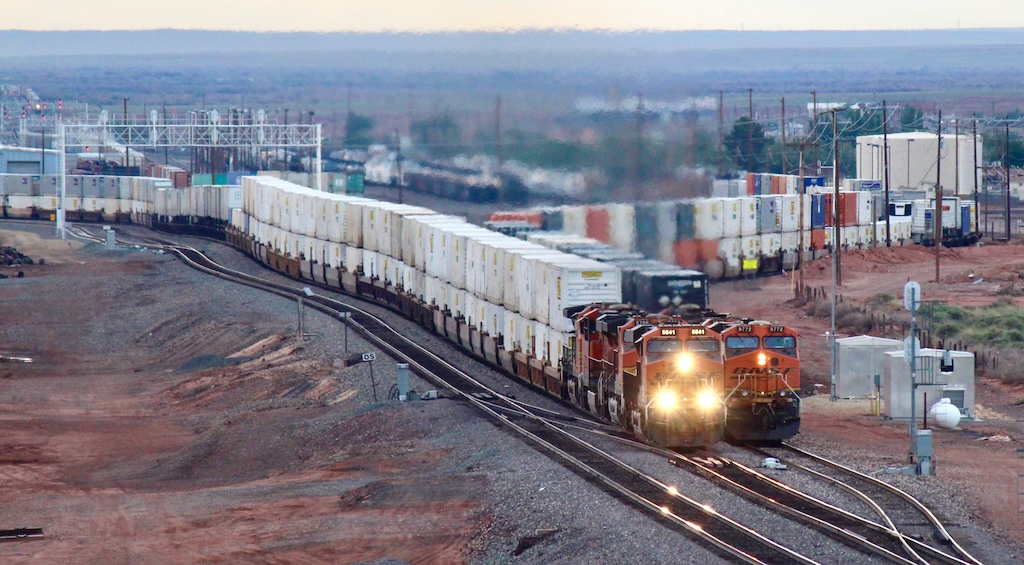

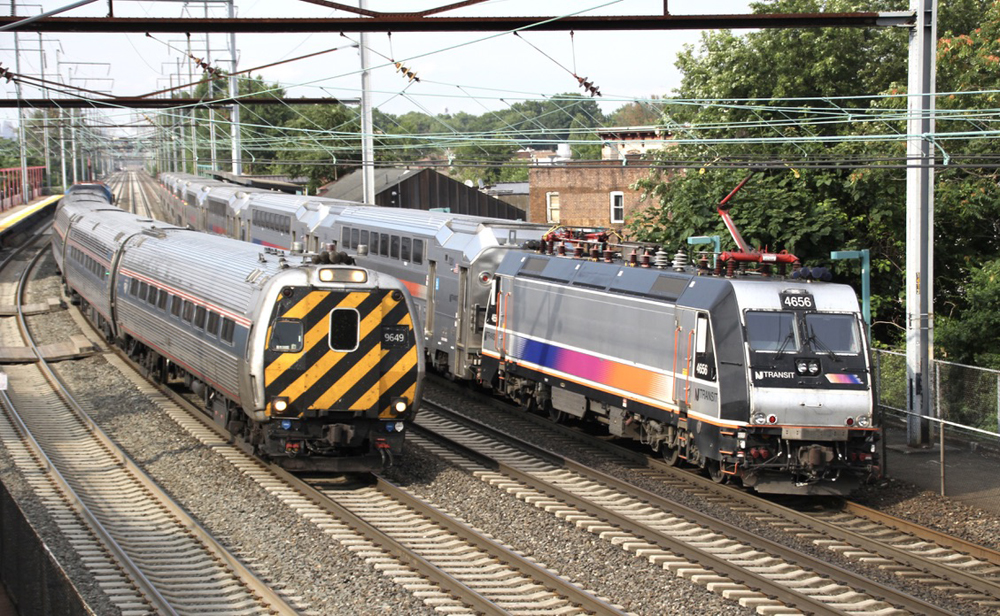
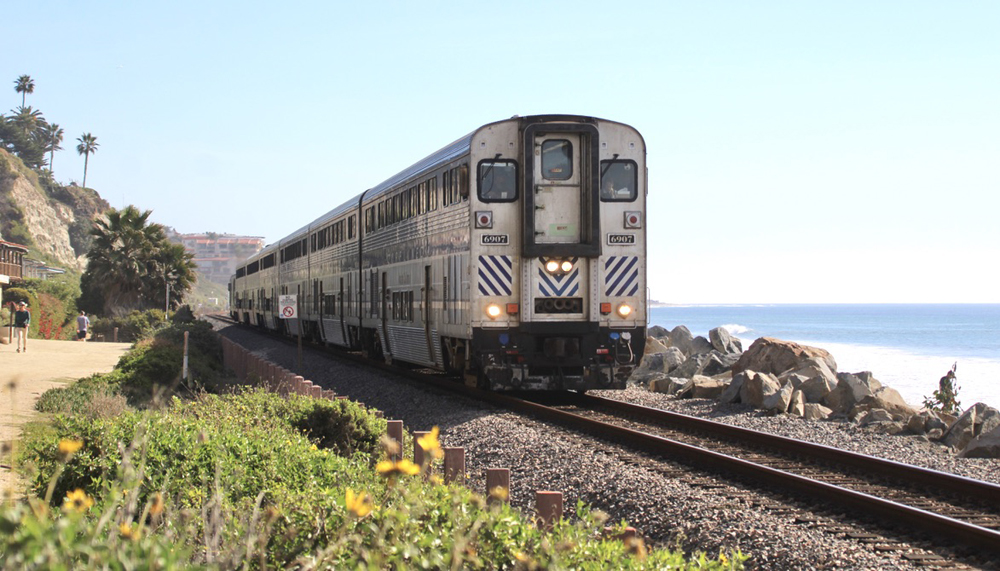
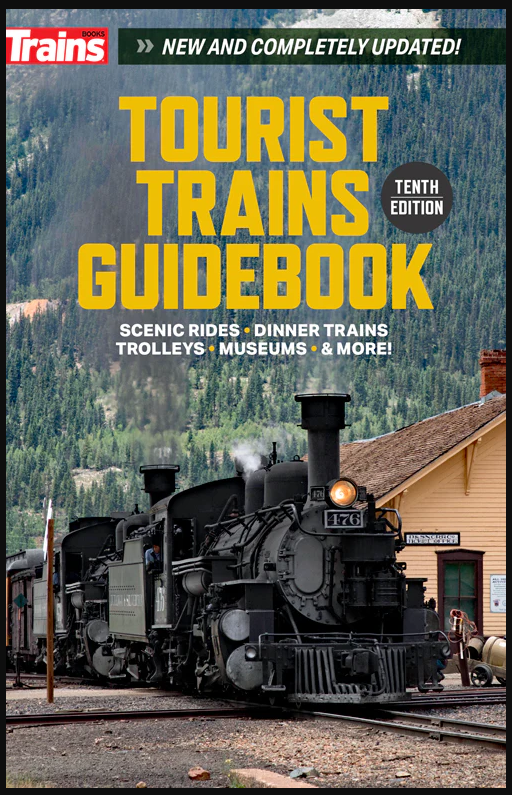
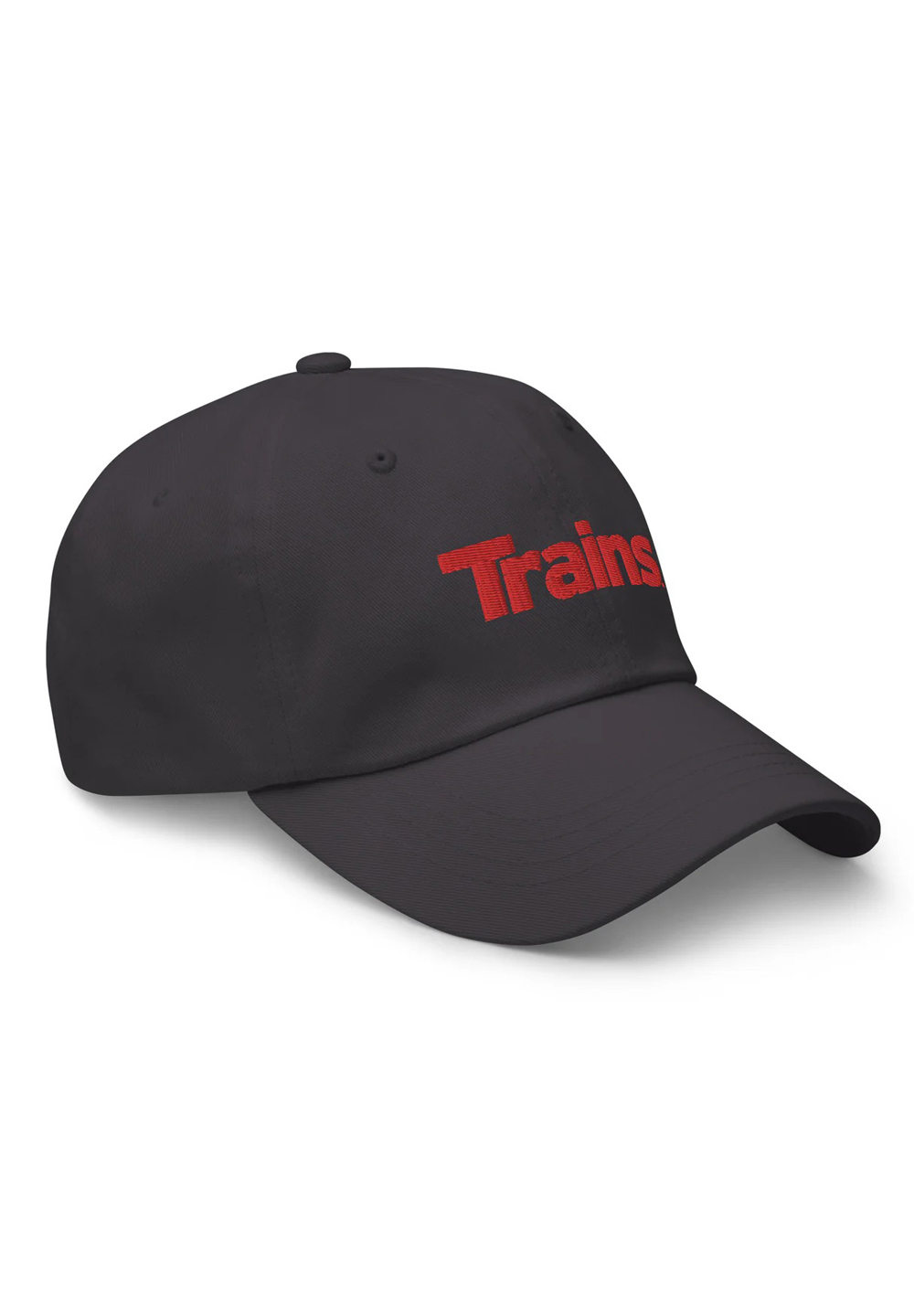

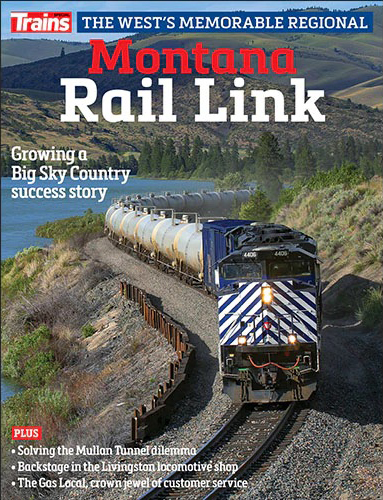
Chris, thanks for the comments and better understanding. Sounds like a better to rebuild the infrastructure but a much larger upfront cost to pull ballast & relay ballast to put cellular underlayment mile over mile of roadbed instead of simply dumping more and more and more ballast. However, the life cycle and viability of the infrastrcuture should improve immensely
..
In all reality this is a long term strategic interest to maintain Canada’s deep draft open water artic port. In addition, the northern plains grain belt gets ports in three direction via west, east and north or another way to look at it. West to the Pacific and north & east to Atlantic via Northern Passageway or Great Lakes. So get the funds they are plowing into this project as any major roads will be hugely expensive as well.
..
Reminds of Port of Coos Bay with the rail going from private hands to semi quasi public in some ways & then seeing significant Fed grant money flow into it. But see a much more national interest for Canada on this project then say Coos Bay. Legit argument that Feds should have picked other projects over Coos Bay when funding rail improvements via grants to let the state decide on whether they wanted to support or not.
Timothy while we were in Churchill we had the opportunity to tour the massive grain elevator there. And you’re correct that this is one of reasons that the line is so important to Manitoba. At one time not to many years ago it was a very busy place. Hopefully it’ll be that way again in the near future.
My question is what caused the line to be so downgraded or dormant in the first place. Surely if the traffic was there it would still be in operation by CP or CN. Putting Lipstick on a pig in hope of a date still makes the pig a pig. So what happened in the first place. Was the line so badly maintained or environmentally unsound that it was no longer usable for the amount of traffic to be had? I think those are the kind of questions that need to be asked. Sounds like the Canadian government just keeps throwing “fertilizer”(ie; money) hoping that something beautiful will grow. I hope it does but the prior problems, if they are still factors, will not be going away unless something besides a desire to make something happen has changed… Good Luck anyway…
It would be interesting to know how the proposed Alaska to Alberta RR (A2A) plans to prepare their roadbed against permafrost. With advanced knowledge and technology, I would think that it would be more cost-effective to build a new permafrost proof railroad, than to rebuild an existing one, (which is unavoidable for HBR).
The proposed A2A tie-in to Alaska is said to be at Delta Jct, well below Alaska RR’s north end at and slightly beyond Fairbanks, and which more-or-less parallels the Alaska Pipeline, and is mostly well above Hudson Bay RR in latitude.
I wonder if slightly longer wood ties would be a better choice than concentrated double weight concrete ties, for better and broader weight distribution, in order to better “float” on the permafrost??? I hope A2A and HBR can learn a lot from each other in conquering the frozen north.
I watch the TV reality show reruns of the Ice Road Truckers, and how they risk their lives driving on 3′ thick frozen Arctic waterway oceans, rivers, creeks, drains, and lakes for only about a two month frozen window of the year (and think climate change) at as low as -60 *F, to deliver various goods and supplies to the petroleum drilling industries, diamond and other mines, as well as various Arctic community needs’, on terrible roadway conditions. Perhaps with advanced RR knowledge and technology in the frozen tundra, we could learn a lot for permafrost RR construction. Maybe the Russians have some good ideas???
We were told by longtime employees of the railroad that the railroad was very busy with long heavy grain trains but was not maintained in the short maintenance window that is available that far north. Eventually the track got bad enough that it would no longer handle the grain which was its lifeblood at the time. That’s what we were told at least. Hopefully when the railroad is rebuilt it will receive the maintenance required to keep it open.
“Eventually the track got bad enough that it would no longer handle the grain which was its lifeblood at the time.”
That’s a damn shame, as northerly grown Canadian grains are usually considered unsprayed organic by default without the need for organic certification due to the cooler/colder bug-free climates, mosquitos not withstanding…lol.
Back in July of 2022 I participated in a NARCOA motorcar excursion over the entire Hudson Bay Railway from The Pas to Thompson and Churchill and back. The northern half of the railway is built over permafrost that does create maintenance issues. When rebuilding the roadbed they are using a cellular underlayment that will help eliminate the permafrost issues. The railroad was in relatively good shape considering the environment it’s built through. The railroad employs and residents in this part of Manitoba take pride in their railroad and depend on it as it’s the most reliable if not only form of transportation in the area. The expense of building and maintaining roads or highways up there would more than likely be much more expensive than rebuilding an existing railway.
Have to wonder if some of this line is built over permafrost. Maybe it is melting with the problem of rail support iffy?
@Alan Jones: Permafrost was one of a couple of reasons OmniTRAX was struggling to maintain it. The repair season is very small at this latitude and it requires a large amount of fill and ballast to push back on the permafrost effects during the sunnier parts of the year.
OmniTRAX said they needed $7m CAD to get the line back in working condition. The provincial government scoffed at them as rip off artists.
Here we are years later $143m CAD spent thus far and it still needs another $43m CAD.
My point exactly. For it to be any good they may have to elevate it above the permafrost by a mini bridge/trestle built on piles (like the Trans-Alaskan Pipeline) in order to keep the permafrost was keeping the yearly expenses of maintenance from going through the roof… A proverbial sink-hole as it were…